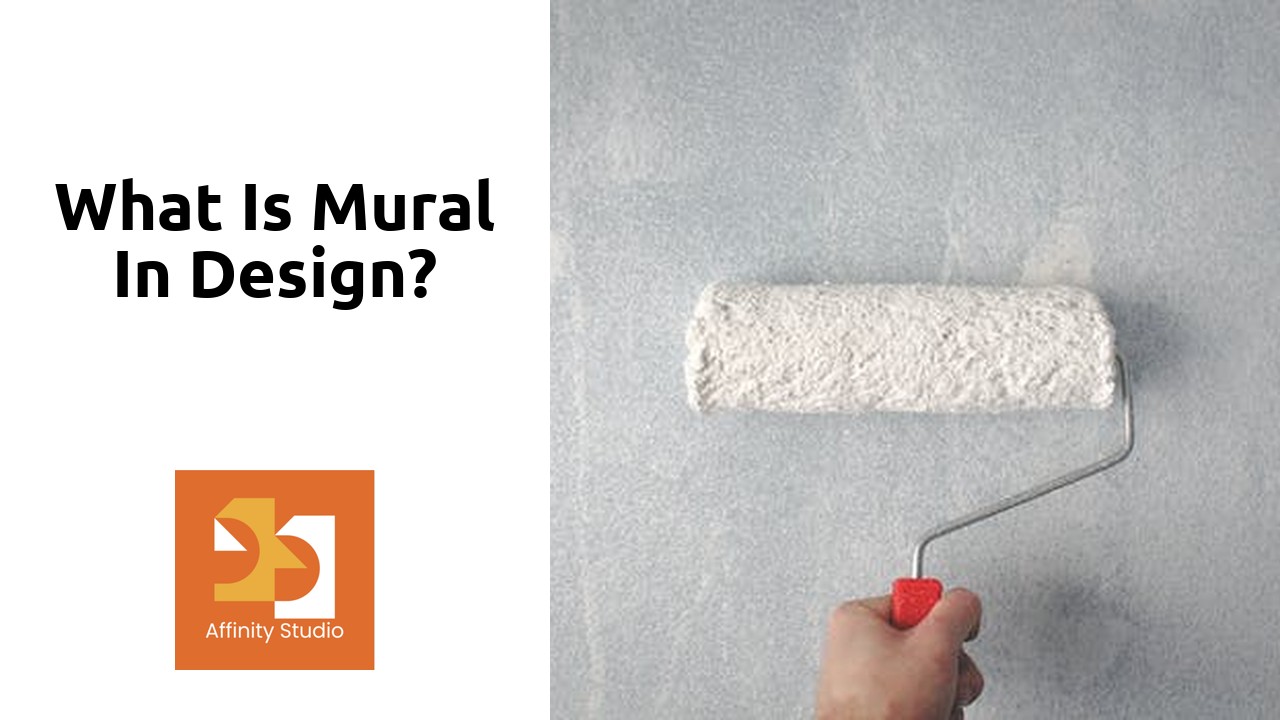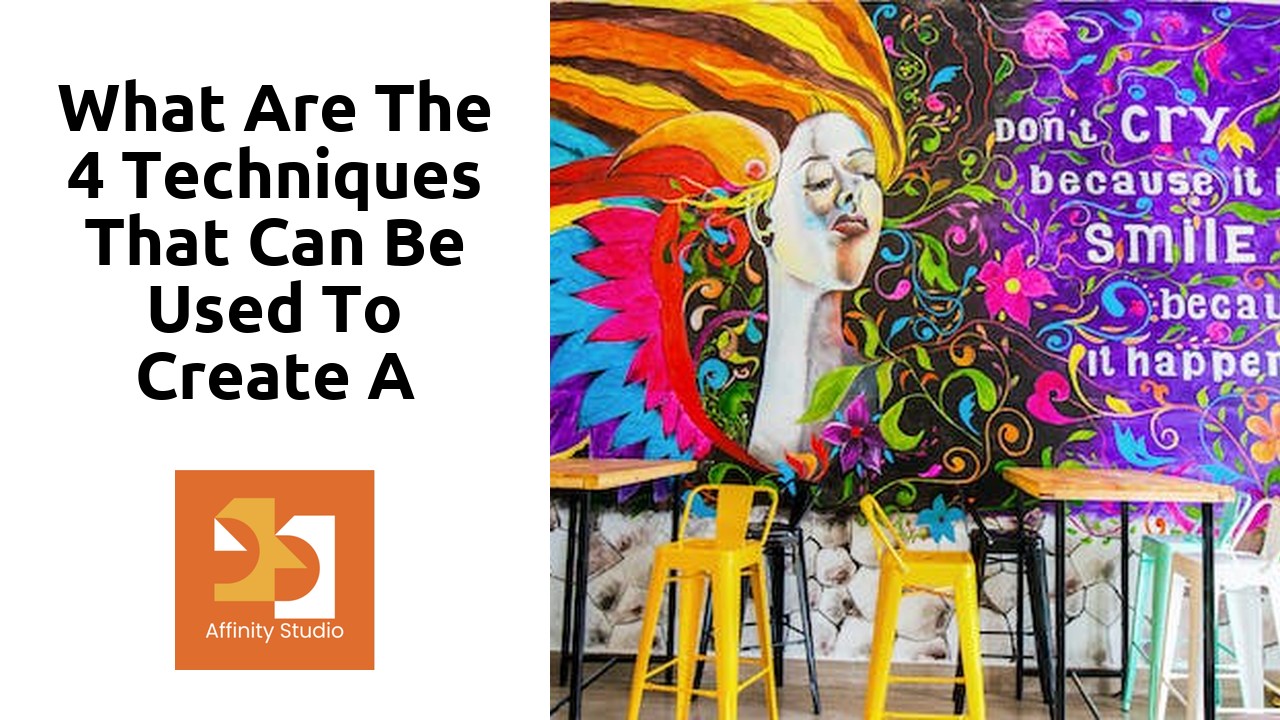Table Of Contents
The Artistry of Wall Transformations: Unveiling the Mural’s Impact in Design
Murals are more than just decorative elements in design; they possess the power to transform spaces and evoke emotional responses. With their large-scale format, murals have the ability to command attention and create a focal point within a room. They can completely change the atmosphere of a space, whether it be through vibrant and energetic colors or through serene and calming imagery. Murals have the capacity to engage the viewer, drawing them into a visual narrative that tells a story or conveys a message. By integrating artistry into our surroundings, murals can inspire and uplift, making them a valuable tool in design.
In addition to their aesthetic impact, murals also hold the potential to enhance the functionality of a space. A well-placed mural can help to define different areas within a room or establish a particular ambiance. For instance, in a corporate office, a mural depicting a natural landscape can create a calming and stress-relieving atmosphere for employees. In a restaurant, a mural showcasing local landmarks or cultural elements can immerse diners in a unique and memorable dining experience. The versatility of murals allows designers to harness their power to not only beautify a space but also create a purposeful and engaging environment.
Discover more here.
Unleashing Creativity through Wall Art: Exploring the Mural’s Role in Design
Wall art has long been a prominent element in interior design, adding a touch of creativity and personality to any space. Within the realm of wall art, murals stand out for their ability to unleash the full potential of creativity. Mural design allows artists and designers to transform blank canvases into captivating masterpieces, turning ordinary walls into immersive visual narratives.
Unlike other forms of wall art, murals have the advantage of size and scale. The large surface area provides ample room for artists to express their ideas and narratives, making murals an ideal medium for storytelling. From vibrant cityscapes to intricate nature scenes, murals have the power to transport viewers to different worlds, evoking emotions and sparking imagination. With their undeniable visual impact, murals are a bold statement that can instantly transform a space and become a focal point in any design. Whether in residential homes, commercial spaces, or public areas, murals have the ability to breathe life into walls and elevate aesthetics to new heights.
A Glimpse into the World of Mural Design: Enhancing Spaces with Artistic Expression
Mural design is an art form that holds the power to transform spaces into captivating works of art. From vibrant and abstract patterns to realistic and detailed scenes, murals have the ability to enhance the aesthetic appeal of any environment they are placed in. With their bold colors and striking visuals, murals create a visually engaging experience for viewers, leaving a lasting impression on anyone who encounters them.
One of the key aspects of mural design is its ability to express artistic expression. Whether it is a reflection of the artist’s personal style or a representation of a specific theme or concept, murals allow artists to convey their creativity in a larger-than-life format. By using walls as their canvas, mural artists have the space and freedom to experiment with different techniques and mediums, resulting in unique and captivating designs. Through their artistic expression, murals have the power to evoke emotions, spark conversations, and add a touch of individuality to any space.
From Blank Canvas to Captivating Masterpiece: Unraveling the Essence of Mural Design
Mural design has the unique ability to transform a blank canvas into a captivating masterpiece. With its use of visual imagery and artistic expression, murals have become a popular choice for designers looking to enhance the aesthetic appeal of a space. The essence of mural design lies in its ability to convey a story or message through the use of colors, shapes, and symbols. Whether it’s a bold and vibrant mural adorning the walls of a restaurant or a subtle and intricate design in a corporate office, murals have the power to captivate viewers and create a memorable impression.
One of the key aspects of mural design is the careful selection of themes and concepts. From abstract interpretations to realistic representations, designers must consider the intended purpose of the mural and the desired impact on the space. The essence of a mural lies not only in its visual appeal but also in its ability to evoke emotions and spark conversations. By carefully choosing the subject matter and incorporating meaningful elements, designers can create a captivating masterpiece that resonates with viewers on a deeper level. The essence of mural design lies not only in the talent and skill of the artist but also in the ability to create a meaningful and impactful representation on the chosen canvas.
Immersive Visual Narratives: Unraveling the Storytelling Potential of Murals in Design
Businesses and homeowners alike are continually seeking innovative ways to transform their spaces into unique and captivating environments. One approach that has gained significant traction is the use of murals in design. These large-scale artworks have the power to immerse viewers in a visually compelling narrative, creating an unparalleled storytelling experience.
Murals offer a wide range of storytelling potential in design, as they can communicate powerful messages and evoke emotional responses. By combining various artistic elements such as color, composition, and subject matter, murals can tell stories that resonate with viewers on a profound level. Whether it’s a mural depicting a historical event, a natural landscape, or a whimsical fantasy world, the possibilities for storytelling through murals are endless. Their ability to capture attention and engage the imagination makes them an invaluable tool for designers looking to create a memorable and impactful space.
Elevating Aesthetics with Wall Art: Discovering the Power of Murals in Design
Murals have long been recognized as a powerful tool in the world of design, capable of transforming ordinary spaces into visually captivating masterpieces. Their ability to elevate aesthetics cannot be understated, as they bring life and vibrancy to otherwise dull walls. Whether it’s a large-scale mural that covers an entire building facade or a smaller, intricate design that adorns the walls of an interior space, murals have the power to captivate and inspire those who encounter them.
One of the key strengths of murals in design lies in their ability to create a sense of immersion and transport viewers into a different world. A well-executed mural has the power to tell a story, evoke emotions, and create a unique atmosphere within a space. By carefully selecting the colors, imagery, and style, designers can create a visual narrative that engages and captivates the audience. Murals can be used to showcase the history, culture, or values of a particular place, or simply to add a touch of beauty and intrigue to an otherwise mundane environment. The possibilities are endless, and the impact of a well-placed mural can be truly transformative.
FAQS
What is a mural in design?
A mural in design refers to a large-scale artwork or painting that is typically created directly on a wall or surface, often with the purpose of enhancing the aesthetic appeal of a space.
How is mural design different from regular artwork?
Mural design is unique because it involves creating artwork that is specifically tailored to a particular space. Unlike regular artwork, murals are often site-specific and take into account the architectural elements and dimensions of the wall or surface they are painted on.
What materials are commonly used in mural design?
Mural design can involve various materials, depending on the artist’s preference and the desired effect. Common materials include acrylic or oil-based paints, spray paints, brushes, and even digital mediums for more contemporary murals.
What are the benefits of incorporating murals into design?
Murals can have several benefits in design. They can transform a plain wall into an eye-catching focal point, enhance the ambiance of a space, convey a specific message or theme, and provide a unique artistic expression.
Can murals be customized to fit a specific design concept?
Yes, murals can be customized to fit a specific design concept. Artists can collaborate with designers or clients to create murals that align with the overall theme, color palette, and style of a space.
Are murals permanent or temporary installations?
The permanence of a mural installation depends on various factors. Some murals are created to be permanent, while others may be temporary or removable. The intended lifespan of a mural can be determined by the artist, client, or the purpose of the mural.
Can murals be created indoors and outdoors?
Yes, murals can be created both indoors and outdoors. Indoor murals are often found in homes, offices, schools, and other interior spaces, while outdoor murals can be seen on the sides of buildings, public spaces, and street art installations.
Are there any cultural or historical significances associated with mural design?
Yes, mural design has a rich cultural and historical significance. Throughout history, murals have been used to depict stories, document events, convey political or social messages, and celebrate cultural heritage. They can serve as a visual representation of a community’s identity and values.
How can one commission a mural for a specific space?
To commission a mural for a specific space, one can start by researching and reaching out to local artists or muralists. It is important to discuss the design concept, budget, timeline, and any specific requirements with the artist to ensure a successful collaboration.




